New Zealand welcomes refugees who are persecuted in their home country for being part of the rainbow community. But the experience isn’t always a safe haven.
Halloween was the one day of the year when Eliana Rubashkyn felt she could truly be herself in Colombia.
As an intersex trans woman, she was assigned male at birth, and every other day of her life felt like she was wearing a costume.
But on this October night she stepped out in Chapinero, a neighbourhood in Bogota, Colombia, wearing a simple dress and wig.
As she was leaving one of the only clubs that accepted trans women, she was approached by a man with a knife.
“He wanted a blowjob or something like that. I refused,” says Eliana.
“I was kind of lucky because there was a police car passing by, he got distracted and I just started to run. It was only when I got to my car I realised I was completely – I thought I was sweating – but then I realised it was blood.”
Eliana had been stabbed in the back. She felt too scared to go to the hospital or ask the police to help. She stitched her own wound up, got a tetanus shot, and decided she was no longer safe in her own country.
New Zealand welcomes around 1500 refugees a year. Of those, 68 people over the last 10 years have been granted refugee status on the grounds of gender identity or sexual orientation. But for many rainbow refugees, the path to resettlement is not an easy one. Once here they can experience a double burden, facing both discrimination within the refugee community for being LGBTQIA+, and within the LGBTQIA+ community for being refugees.
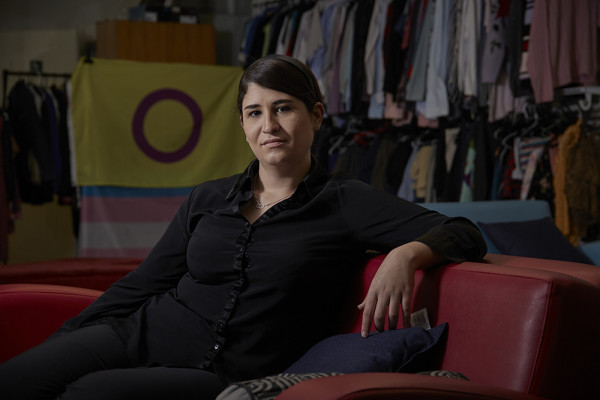
Eliana Rubashkyn. Photo: Human Rights Commission
Eliana was born with a condition called androgen insensitivity, which means her body was resistant to testosterone. As she approached puberty she started to present external characteristics of both sexes. She had testes instead of a uterus but they did not fully descend and she began to develop breasts.
Growing up her condition was kept secret. Her mother was pressured to raise her as a boy but this had always made Eliana deeply uncomfortable.
“I remember people calling me ‘it’ in Spanish,” she says.
After she was stabbed, she was determined to get out of Colombia. After a five-year period that included time in Taiwan and Hong Kong, she was eventually granted refugee status in New Zealand.
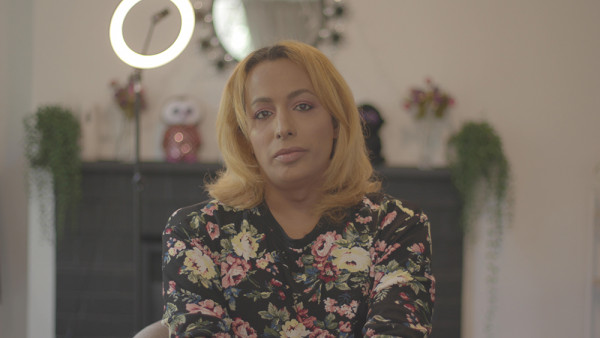
Nazek Alexander
In Saudi Arabia, trans woman Nazek Alexander was facing a prison sentence, 200 lashings and a 30,000 Saudi riyal fine ($11,000 NZD) after photographs of her dressed as a woman were passed on to the police.
“I didn’t do anything to [deserve to] go to prison,” says Nazek.
She fled to Turkey and started looking for a place to seek asylum.
These stories would eventually bring these two women together as rainbow refugees in New Zealand.
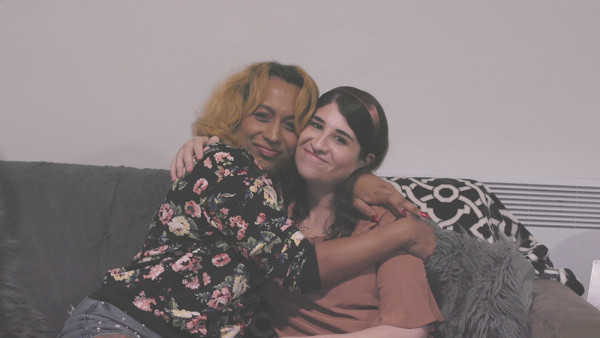
Nazek Alexander and Eliana Rubashkyn together in Auckland.
Being a rainbow refugee in New Zealand
Refugees are people who can’t return to their home country because they have “a well-founded fear of being persecuted for reasons of race, religion, nationality, membership of a particular social group, or political opinion,” according to the United Nations High Commission for Refugees (UNHCR).
New Zealand doesn’t have a specific category for rainbow refugees, but their cases fall under the category of “membership of a particular social group”.
New Zealand has an obligation under the 1951 Refugee Convention and its 1967 protocol to protect refugees, including those persecuted for being part of the rainbow community.
In the past 10 years, New Zealand has received 172 claims for refugee status based on gender identity or sexual orientation. Of those, 68 people have been granted refugee status. 41 claims are yet to be decided, five claims have been withdrawn and 58 claims denied.
“In general,” says a spokesperson from Immigration New Zealand, “a person facing a well-founded fear of being persecuted for reasons of their sexual orientation or gender identity is considered to be from a particular social group and therefore eligible for refugee status, so long as other criteria are also met.”
Nazek and Eliana are grateful to be in New Zealand. But they say while on paper New Zealand fulfills its obligation, there are aspects of the process that are not friendly to the rainbow community.
“In general I think a lot of locals don't know what experience refugees go through. Some of them are very angry because we are refugees, they think we are here to take their jobs or their money, but it's not true, we’re just trying to find a safe place for us,” says Nazek.
“Within the rainbow community itself in New Zealand you will find racism, discrimination, bullying. And this is horrible.”
In particular, they say the conditions of the Mangere Refugee Resettlement centre, where they each spent their first months in New Zealand - Eliana in 2014 and Nazek in 2015 - were not LGBTQIA+ friendly at the time.
When Nazek was there, she says she was forced to live in the men’s accomodation area, rather than with women or in separate area. Because of this she didn’t feel safe to use the bathroom until everyone was asleep.
General Manager of the Asylum Seeker Support Trust Tim Maurice says this was an impossible situation for a trans woman in Nazek’s situation.
“[An asylum seeker] has to wait until they get permanent residency before they're even allowed to change their sex or name,” says Tim. “So when they go through the claims process, it doesn't allow them the ability to identify as who they are.”
Eliana also felt uncomfortable using unisex bathrooms which she says lacked privacy.
“The toilets were a bit uncovered. If I wanted to shower, everybody would see that I'm different in because I'm intersex,” she says.
“My body is actually very ambiguous and I don't feel comfortable with men and also women looking at me in any meaningful way.”
Eliana was placed with other Colombian refugees and says this was “a huge mistake” considering she had already been ostracised by Colombians back home.
“Usually those refugees bring with them their traditional and conservative views of the country. They are just a representation of the spirit of the time,” she says.
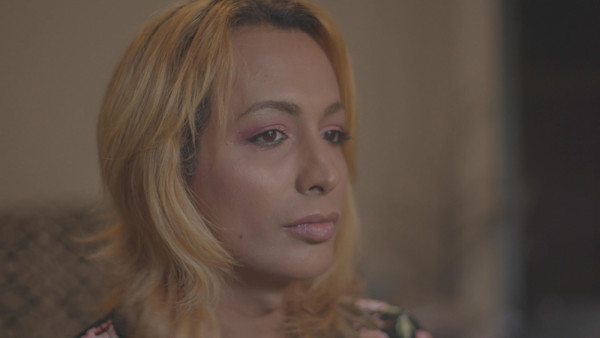
Nazek Alexander
Immigration New Zealand refugee quota manager Qemajl Murat says the resettlement centre has improved significantly since then after the government injected $25 million into a rebuild, with new buildings opened in late 2016.
“Prior to that, we operated non-purpose built accommodation. Since then we have introduced a new centre, a new programme,” he says. “So as we get feedback from our residents we introduce improvements here.”
He says there is no policy that specifically separates LGBTQIA+ people from anyone else but he says any issues that arise will be addressed.
“I can’t comment on [Nazek’s] case, but if we were approached by someone who said they were uncomfortable we would support them,” he says.
In response to Eliana’s claims she had to use unisex bathrooms where others could see her shower, Qemajl says the upgraded centre allows for more privacy.
Along with improvements to the building itself, Immigration New Zealand resettlement manager Amitha Krishnamurthi says since Eliana’s time resettlement case officers were introduced to make the refugee experience more comfortable.
“[Resettlement case officers] go offshore to interview people specifically in relation to resettlement needs,” says Amitha.
“That informs us better as to what might be the best way forward for that particular individual or family as well. That's definitely a situation that's improved considerably.”
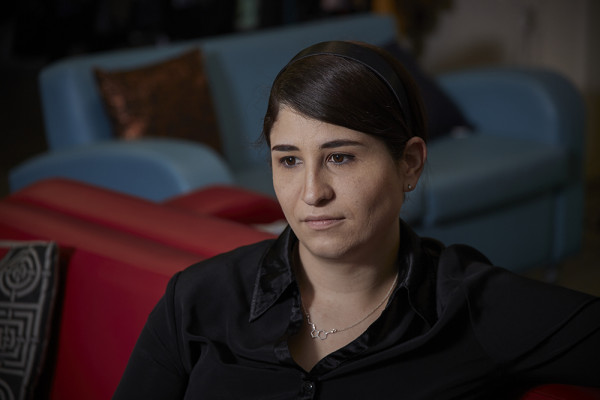
Eliana Rubashkyn. Photo: Human Rights Commission
These women are united by the deeply uncomfortable experiences they both had because they were LGBTQIA+ refugees.
But there is a distinction in the way New Zealand treats refugees that means they had vastly different experiences once they were released from the centre.
New Zealand accepts two types of refugees: quota refugees and convention refugees. Eliana is a quota refugee and Nazek is a convention refugee, and because of that Eliana received significantly more support than Nazek.
Quota refugees
New Zealand is one of around 37 countries who are part of the United Nations High Commission for Refugees (UNHCR) resettlement programme.
The New Zealand government sets a quota of the number of people we accept each year. Previously we accepted 1000 people annually, but in July 2020 this was raised to 1500.
The UNHCR refers people to Immigration New Zealand, who process the cases according to factors like credibility of their refugee claim, security, and health, and fill our quota.
Quota refugees are given permanent residency before coming to New Zealand and on arrival, stay at the Mangere Refugee Resettlement Centre for six weeks, where they’re given lessons to prepare them for life in New Zealand in things like English, culture and preparation for work and school.
Once they leave the centre, they are transported to the city that will be their new home and set up with social housing, healthcare and education, with children enrolled in schools and adults in English classes.
“They get a year's support from the Red Cross,” says Tim Maurice of the Asylum Seeker Support Trust. “The Government spends around $15 million a year resettling those quota refugees. That includes the process to identify them, immigration costs, plus there are $5.3 million in resettlement costs.”
Eliana came to New Zealand as an emergency case as part of this quota and was placed into social housing upon leaving the camp. Her residency status made it possible for her to access financial assistance as well.
Convention refugees
Convention refugees do not receive this level of support.
They are people who have arrived on New Zealand soil seeking asylum and are not counted as part of the 1500 refugee quota. They must apply for approval to stay in New Zealand and even then, their introduction isn’t as well supported as the quota refugees.
“Once the government decides they are a refugee, they will ask them to leave the centre,” says Tim Maurice of the Asylum Seeker Support Trust.
They then need to apply for a visa to be eligible for government support.
“They have to open a bank account, apply for an IRD number, get a WINZ benefit - because it's pretty hard to get a job - and then apply for permanent residency which takes around two years,” he says.
During that time they're not allowed to study, can't access the emergency benefit, emergency housing or food grants.
“Life's a lot tougher for a convention refugee than a quota,” says Tim.
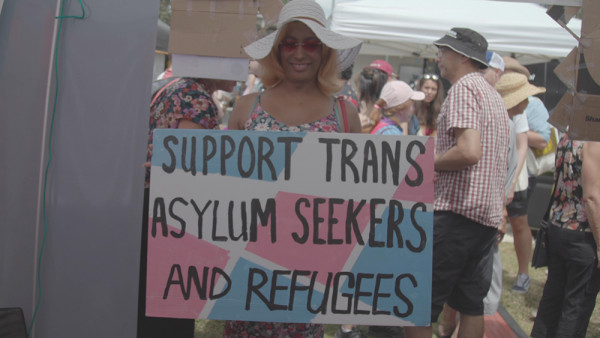
Nazek Alexander at the Big Gay Out
This was Nazek’s entry into New Zealand. When she arrived at the airport and claimed asylum, she was held at the airport for 24 hours, then interviewed by Immigration. She was then transferred to a police station where she spent five days in a cell.
“It was horrible. I was like, I ran away from Saudi Arabia because I don't want to go to prison, and now I am in prison.”
She was then transferred to the Mangere Refugee Resettlement Centre where she waited four months for her asylum case to be analysed.
“I spent four months in the [resettlement centre],” says Nazek. “But because my case was very clear and I had all the evidence, I was approved to stay in the country as a refugee.
But she was released with nothing except a medical appointment to attend.
“I don’t speak the language, I don’t have money, I don’t have anyone here in the country, I don’t know where to go,” says Nazek.
At the medical appointment, she broke down in front of the doctor. They contacted the refugee resettlement centre where an interpreter volunteered to help her into housing and financial assistance.
Compared to the millions spent resettling quota refugees in 2019-2020, the Government spent only $110,000 resettling convention refugees that same year (but keep in mind the number of convention refugees approved to stay in New Zealand is only around 150 or less people per year compared to the 700-1000 quota refugees resettled per year).
“If you have a fear of persecution in your home country and the government's assessed that and agreed with you, then you should be given the same support as all refugees,” says Tim.
“I think the amount of money spent to resettle refugees would pay us back much quicker by them getting into work quicker and contributing to our society.”
Tim suspects the government’s reasoning is that if it was too comfortable for people to claim refuge here it might promote an influx of people turning up on New Zealand shores.
Qemajl Murat of Immigration New Zealand acknowledges there is a difference between support systems for quota and convention refugees but says this has improved.
“Since then we have introduced a new role called the navigator. Navigators support asylum seekers when they leave their centre here.”
He says because asylum seekers are at varying stages in their refugee status claim, they don’t leave the centre and go into pre-arranged housing like a quota refugee would. However navigators help connect them with housing, agencies and other groups.
“We are also in the process of developing a whole strategy for support for asylum seekers.”
Where to from here?
Tim says regardless of the differences, all refugees don’t get enough support and that needs to change.
“We think all refugees should have five to 10 years of support to resettle in New Zealand. It’s not a journey that's over the first year you arrive in the country.”
“Once we realise that these people are forced here for their safety then we can realise how to treat them a lot better,” he says.
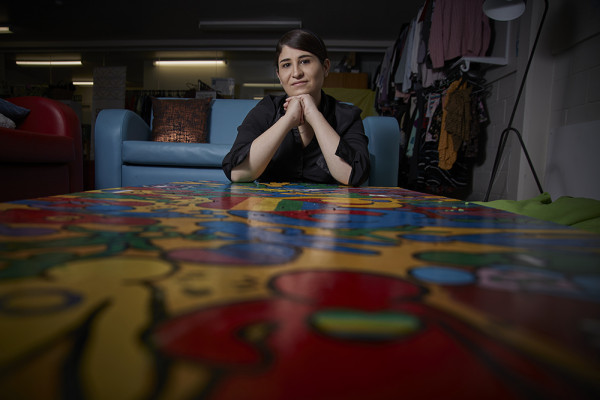
Eliana Rubashkyn, Photo: Human Rights Commission
There’s often talk about the Kiwi dream – going to school, to uni, finding love, buying a house and maybe having kids - it’s something we take for granted.
Eliana’s dream was to be a scientist, to finish her Master’s in public health and then her PhD. But she’s been unsuccessful in getting a scholarship here and says she can’t afford to live on a student’s income if she were to quit her job to study.
She speaks confidently about being stabbed, abused, and living as an intersex person but her voice finally breaks when she reflects on how this journey affected her career.
“My Masters was on uncommon infections in hospitals. Just imagine how helpful I could be as a professional, especially now in this pandemic time,” she says.
Nazek was a police officer. She gave up a huge family and wealth to be the woman she is today but had hoped for more from this country.
“It’s been over five years for me in New Zealand. I don’t really have very close friends and love seems impossible to find.”
But both women had to leave everything behind because they were not safe in their home countries.
“When I meet other rainbow refugees in New Zealand I feel happy for them because they managed to get here,” says Nazek. “But at the same time I feel sad for the loss they had, because I know how hard it is.”
Nazek and Eliana are grateful to be here, but they do think we can do better. They are working with an organisation called Rainbow Path to improve conditions for rainbow refugees across the board.
Since her time at the resettlement centre in 2016, Eliana says she can see it has changed for the better and is keen to open up a relationship with them.
Immigration NZ says they are dedicated to improving and have been able to offer better support to rainbow refugees as they have been made aware of issues.
“We don’t claim that we know everything and that everything is rigid. We will respond as much as possible,” sasy Qemajl.
“We do take pride in our refugee resettlement programme, because the ultimate intention of the programme is to improve people's lives.”
Eliana would like to see part of the 1500-strong quota specifically allocated to LGBTQIA+ refugees as there is a real danger of this community being killed in other countries.
“I’m a proud Kiwi now, and I really hope that Kiwi people open up their hearts for us and try to learn about us. Because we need them, we need their love, we need their support.”
“We've been isolated in our home countries and we don't want to experience the same here again.”
More stories:
For former refugees, trauma doesn’t stay in the past
Third Culture Minds series
In pictures: My life as a refugee in New Zealand
We can’t forget New Zealand still discriminates against rainbow communities